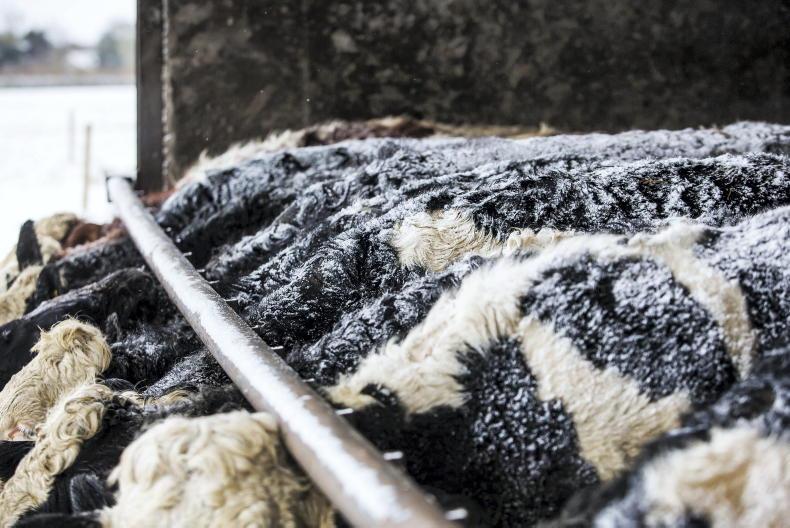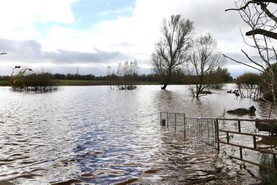Cold snap
The cold snap is set to continue until the weekend, with a few days’ break and then back to frosty weather again. Take caution around yards, as I have heard of a few nasty slips and falls resulting in broken bones over the last few days.
Keep yard work like dosing cattle or clipping to a minimum during this cold period, as animals too can break legs on yards very easily where conditions are slippy. It’s very important that water is kept going, especially in sheds where high levels of meal are being fed.
If animals have been without water for a long period, try restrict access when they do get to water and don’t let them gorge. This can lead to cold shock.
To avoid nitrate poisoning, remember to delay moving fences on forage crops until midday, when the crop has thawed. If it doesn’t thaw, move in with silage or hay until it does.
Fodder Budget
We are now 6-8 weeks into the winter. Christmas is a good time to take stock of fodder supplies. Note how many bales or how much pit silage is being used each week, and calculate how much will be needed until turnout.
Build in a few weeks of a buffer in case 2023 brings a late spring. It might be easier to take action now by restricting some animals, supplementing with straw, or buying some extra silage earlier rather than later.
While there appears to be plenty of silage around, especially in the north and west of the country, a late spring could drive the price up very quickly.
Take a look at some of the later calving cows to see if they could be restricted a little more or put on straw for a day or two a week to restrict silage usage.
While meal is very expensive, feeding a little extra to weanlings will also help reduce silage requirements and improve liveweight performance.
Take action now rather than running out and panic buying in March or April. Use the handy Irish Farmers Journal fodder budget calculator here.
Cashflow
2022 was tough on suckler farms, with Teagasc pointing to a 20% decrease in incomes due to higher input costs and higher beef and cattle prices not lifting enough to cover the higher inputs.
It looks like 2023 will be much the same, so budget for that. A lot of cash will be required for feed, fertiliser and fuel again in 2023. Cashflow is important to the running of a business, and cashflow management can make or break a farm business.
Many drystock farmers will have received cashflow injections over the past few weeks with BEEP, BPS, ANC being paid to most farmers. However, the problem is on many drystock farms this will be the only injection until cattle sales start again, and on some farms this could be as late as autumn 2023.
Managing this cash is critical. Sit down and see where and when the cash is needed and draw up a monthly budget for the farm. If there is a deficit, what will happen? Look at the possibility of taking out an overdraft or delaying investment if things look too tight.
Having a cashflow plan is essential if you are going to the bank for funds in the form of overdrafts or term loans. Planning ahead and being organised will also be a positive.






 This is a subscriber-only article
This is a subscriber-only article











SHARING OPTIONS: